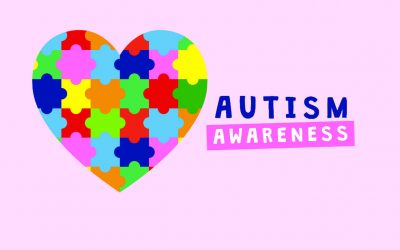World Community Autism Program
World Community Autism Program is a Not-for-Profit organisation based inSouth Africa dedicated to have autism redefined as a treatable condition, and support that new definition through research. The founders and directors, Max and Sandra Desorgher have been researching autism as an immunogenetic condition caused by an immune system choice during fetal development since 1994.
We have identified lutein, a dietary pigment found in many foods, as a
pathogenic substance in the autistic population. As lutein is a chemical too small to produce an antibody response, we identify it as a hapten’. In this paper, we explain how vaccination practice over the last 100 years could have led to an immune system ‘evolution’ that would target a plant substance as ‘non-self’ pathogen.
Extract from ‘Autism – the vaccine connection’ by Sandra and Max
Desorgher, directors, World Community Autism Program:
‘Autism is most easily understood as an immune system adaptation to the genetics of the individual and a response to the environment. It is the strength of the adaptability of the organism which results in it’s capacity for survival. We are at the threshold of great changes taking place in our human development. Some of these changes are a direct result of man’s creative ingenuity and the fight for survival. At the scientific level this has included vaccination. The development of the vaccine and the further development of more vaccines have contributed to evolutionary changes which can be seen in the human population and will likely be seen in the future generations in ways which we cannot yet begin to comprehend.
The evolutionary changes of modern man are seen first and are most evident
in the ethno-culturally diverse populations. The areas of our chemical design are most vulnerable when two different types of people come together and this vulnerability can be additionally impacted by a dramatic change in location for which either or neither individual is biologically prepared resulting in offspring who exhibit the wide range of variation some of which is seen in modern day disease etiology. Areas of
our chemical design which are most vulnerable are not exclusive to ethno-culturally diverse populations; in isolated populations where there is little change in
genetic and environmental input the weakness of the population can also be seen as diseases which are prevalent in that culture. Add to this scenario the innovations of modern science which include the development of vaccines, genetic engineering of our food, the use of food additives and chemicals, crop spraying and artificial fertilizers, seasonal foods now used for year round consumption, electricity, motor
transport, industry, television, computers, cell phones and then look at
the available information which indicates how we, as humans, are reacting to these changes.
The molecular biologists, using some of the most advanced tools of modern
man, are finding some of the patterns and changes which are taking place in our human population. Some of the most recently studied areas are the ‘hypervariable regions’ in our DNA and in particularthe Human Leukocyte Antigens (HLA) histocompatibility antigens governed by genes of the HLA complex and the human major histocompatibility complex (MHC) – a region on the short arm of chromosome 6 with regions A, B, C and D – the region of our DNA which interacts with our immune system.
Immunogenetic (IoGc) research is telling us that how we develop in the womb is not governed solely by our DNA and the environmental insults (impact) that the fetus is susceptible to, but is also due to the response of our own developing immune system. The immune system develops to protect the host and the impact of the immune system during fetal development includes changes which alter our genetic make-up. Some of the terms used to describe these processes are so far called transduction and frameshifting.’
The entire article is available from the WCAP website:
http://www.saras-autism-diet.freeservers.com/literature/connection.pdf


